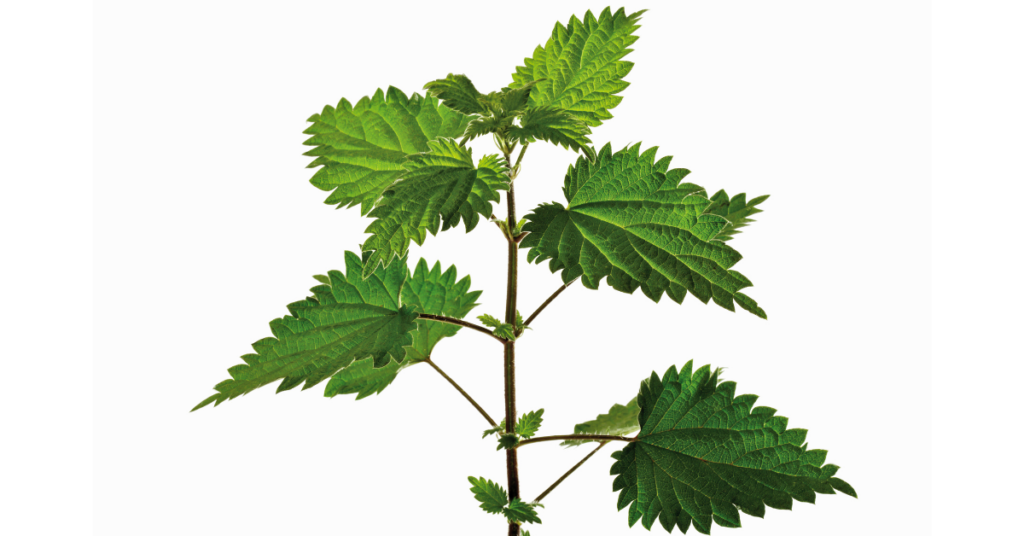Nettle (Urtica dioica)
The particular strain of nettle we are referring to here is the ubiquitous nettle found growing on land that has been disturbed and then left alone for a while. It may come as a surprise to realise that it was once cultivated in Norway, Scotland, and Denmark.
The genus name Urtica derives from the Latin verb ‘urere’, which means ‘to burn’, and most likely alludes to the burning stinging sensation felt when you have been stung by nettles. Records from ancient Greece state that nettles were used in the treatment of coughs, tuberculosis, arthritis, and promoting hair growth!
Other names: Stinging nettle, common nettle, burn nettle.
Description and the places it grows in
The nettle is a widespread perennial.
Parts used
The whole plant is used, and it is harvested when the plant is in flower with tiny blooms.
Uses
Astringent, anti-haemorrhagic, diuretic, galactagogue.
Arthritis and gout: Nettle increases the excretion of uric acid.
Nettle is recommended for most urinary conditions due to it being a diuretic.
As an anti-haemorrhagic; it is also used for internal bleeding.
On the skin, used in a compress, it brings relief to eczema.
Other uses: It is a food that is rich in calcium, iron, and vitamins B and C. Nettle is commonly drunk as a herbal tea, and occasionally used as an ingredient in soups. It is a favourite to give to those with anaemia, probably due to its iron content. Its strong stems have been used to make thread that is woven into cloth, and it was cultivated in Scotland, Denmark, and Norway for this purpose.
Constituents
Formic acid, chlorophyll, vitamins A and C, histamine, acetylcholine, 5 hydroxytryptamine, glucoquinones.
Contraindications
May cause mild stomach upset in some people.


